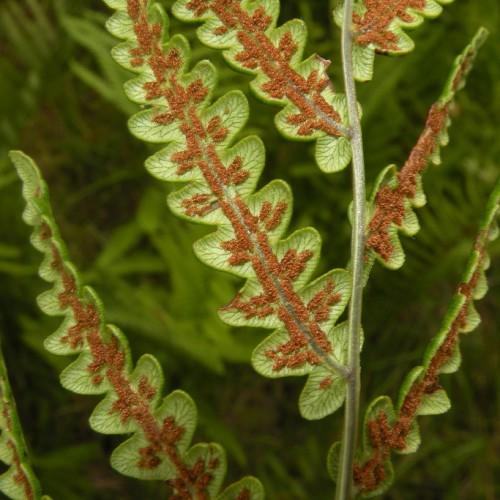
Virginia Chain Fern
Anchistea virginica
Watering:
Minimal
Hardiness Zone:
Sun:
full sun,part shade
Leaf:
Yes
Growth Rate:
Low
Drought Tolerant:
Yes
Salt Tolerant:
Yes
Thorny:
Yes
Invasive:
Yes
Care Level:
Medium
watering
Menzies' Fiddleneck (Amsinckia menziesii) should be watered regularly from spring until winter, preferably every 7–14 days, depending on the weather outside. The soil should not become too wet, as this can stun the root system and prevent the plant from growing. In general, when watering Menzies' Fiddleneck, the soil should be kept moist but not saturated. In hot, dry, windy conditions, more frequent watering may be necessary, while in cooler, wetter conditions, less frequent watering may suffice. It's important to adjust the timing and frequency of irrigation to suit the conditions of your area.
sunlight
Menzies' Fiddleneck (Amsinckia menziesii) is native to western North America and thrives in sunny, warm climates. The plant requires full sunlight for a minimum of 6 hours every day in order to thrive. Although it will tolerate some shade, the more direct sunlight the better. Even on cloudy days, Menzies' Fiddleneck should receive some amount of direct sunlight. In addition, it should be planted in an area with good air circulation so that temperature extremes don't affect the plant negatively.
pruning
For Menzies Fiddleneck, it is best to prune in late winter or early spring, before the growth of new foliage begins. To encourage full, healthy growth, trim them back to a height of 6 to 8 inches. Cut away any dead, damaged or diseased branches, and selectively thin out any overly crowded growth. Be sure to take off no more than 1-third of the plant's foliage at any 1 time. This will keep the plants looking neat and encourage vigorous new growth.
